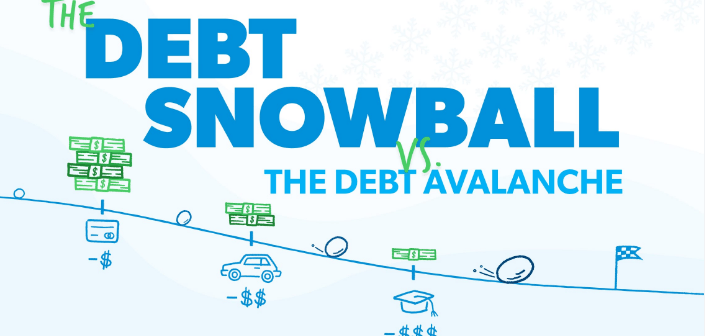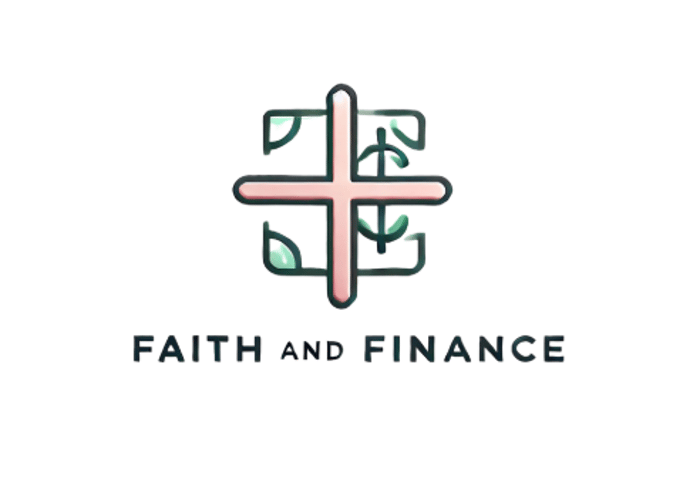coming soon...the steward sheet : Your complete system to budget, save, invest, and eliminate debt — all in one simple, ultimate money manager for financial independence sign up below
Debt Snowball vs. Debt Avalanche: Which One Will Set You Free Faster?
Debt Doesn’t Have to Last Forever Debt can feel like quicksand — the longer you stand still, the deeper you sink. But here’s the good news: You don't have to live buried under bills forever.
Liliane Meteumba
4/27/20253 min read


There are two time-tested strategies that can help you take control and pay off your debt faster:
✅ The Debt Snowball method
✅ The Debt Avalanche method
Choosing the right approach for your situation could save you thousands of dollars and help you achieve financial freedom years sooner.
So, how do these two strategies work? Which one fits your personality and lifestyle?
Let’s break them down simply — and get you moving toward a debt-free future.
How the Debt Snowball Method Works (Smallest Balance First)
The Debt Snowball method is all about quick wins and momentum. Here’s how it works:
List all your debts from the smallest balance to the largest balance — ignore the interest rates for now.
Make minimum payments on all your debts except the smallest one.
Attack the smallest debt with every extra dollar you can find.
Once the smallest debt is paid off, roll that payment into the next smallest debt.
Repeat the process — gaining speed like a snowball rolling downhill.
Example:
Debt Balance Minimum Payment
Credit Card A $400 $30
Medical Bill $1,000 $50
Car Loan $7,000 $150
Step 1: Pay off Credit Card A first.
Step 2: Take the $30 payment from Card A and add it to the $50 minimum for the Medical Bill.
Step 3: After paying off the Medical Bill, apply the $80 toward your Car Loan.
You build emotional momentum because you’re knocking out full debts quickly.
Each victory motivates you to stay in the game longer.
How the Debt Avalanche Method Works (Highest Interest First)
The Debt Avalanche method is all about math efficiency — saving the most money in the long run.
Here’s how it works:
List all your debts from highest interest rate to lowest interest rate, regardless of balance.
Make minimum payments on all your debts except the one with the highest interest rate.
Attack the highest interest debt with every extra dollar.
Once that debt is gone, move to the next highest interest rate, and so on.
Example:
Debt Balance Interest Rate Minimum Payment
Credit Card B $1,200 24% $50
Student Loan $10,000 6% $120
Car Loan $7,000 5% $150
Step 1: Pay off Credit Card B first because of the 24% interest rate.
Step 2: Then move to the Student Loan, and finally the Car Loan.
You pay less in total interest over time because you're wiping out the most expensive debts first.
Pros and Cons of Each Strategy
Let’s be real — both methods work, but they each have strengths and weaknesses based on your situation.
Method Pros Cons
Debt Snowball - Builds psychological momentum fast - May cost more in interest long-term
- Helps people stay motivated - Not mathematically the most efficient
- Great for emotional wins
Debt Avalanche - Saves the most money on interest - Takes longer to see first victory
- May pay off debt faster overall - Can feel discouraging if high interest debts have huge balances
How to Pick the Right Method for YOUR Personality
Here’s the key:
The best method is the one you’ll actually stick with.
Ask yourself these questions:
✅ Do you need quick wins to stay motivated?
Go with the Debt Snowball method.
✅ Are you super disciplined and motivated by numbers?
The Debt Avalanche method might fit you better.
✅ Are your highest-interest debts also your smallest debts?
Lucky you — in that case, both methods will lead you down the same path.
✅ Are you feeling emotionally overwhelmed by debt?
Start with the Snowball method to get breathing room, then switch to Avalanche after a few wins.
✅ Want the absolute fastest + cheapest way out mathematically?
Avalanche will technically win over Snowball when purely measured by time and money.
There’s no wrong answer —
but there IS a wrong answer if you don’t pick one and stay stuck.
The Debt Snowball Win:
Amanda, a 29-year-old graphic designer, had $12,000 in debt spread across five credit cards.
She started with the Debt Snowball — paying off her $300 card first, then $800, then $1,200.
Each small payoff felt like winning a gold medal.
In 22 months, she was debt-free.
Her words:
“Seeing those zero balances kept me fired up. I felt powerful after every payoff.”
The Debt Avalanche Win:
Marcus, a 35-year-old teacher, had $25,000 in student loans and one brutal credit card with a 26% interest rate.
He used the Avalanche method — hammering the credit card first, then applying the freed-up cash toward his student loans.
By focusing on interest rates, he shaved off over $4,000 in potential interest.
His words:
“I liked knowing I was beating the banks at their own game. Saving that much made the hard choices worth it.”
Final Thoughts: Whether You Roll or Ride, Just Start
Both the Debt Snowball and the Debt Avalanche can lead you to the same beautiful destination:
A life free from debt, stress, and financial chains.
Whether you prefer the emotional wins of the Snowball
or the mathematical savings of the Avalanche,
the real magic happens when you pick a strategy and commit.
The worst strategy?
Doing nothing.
Start today.
Pick your method.
Roll that first snowball or ride that first avalanche down the mountain —
and watch your debt disappear faster than you ever thought possible.
SUSCRIBE on my YouTube channel @ https://www.youtube.com/@lilianemeteumba
Faith&Finance
Transform You finances without compromising your values!
757-301-1682
© 2025. All rights reserved.
